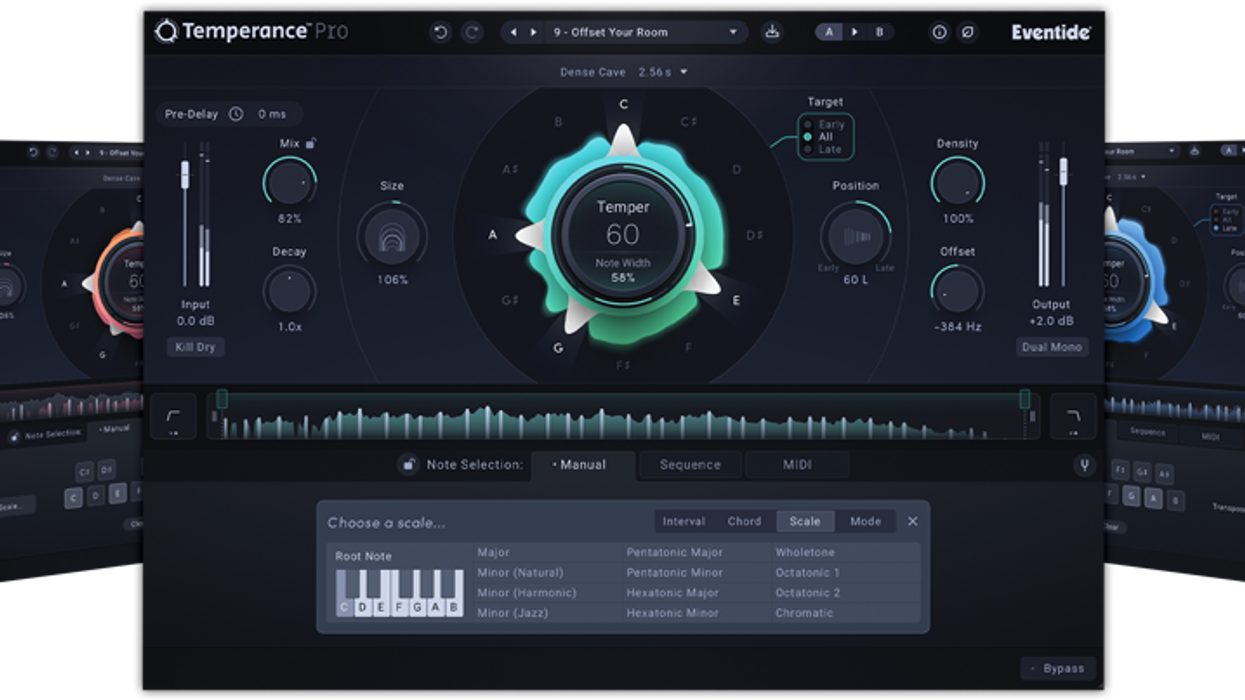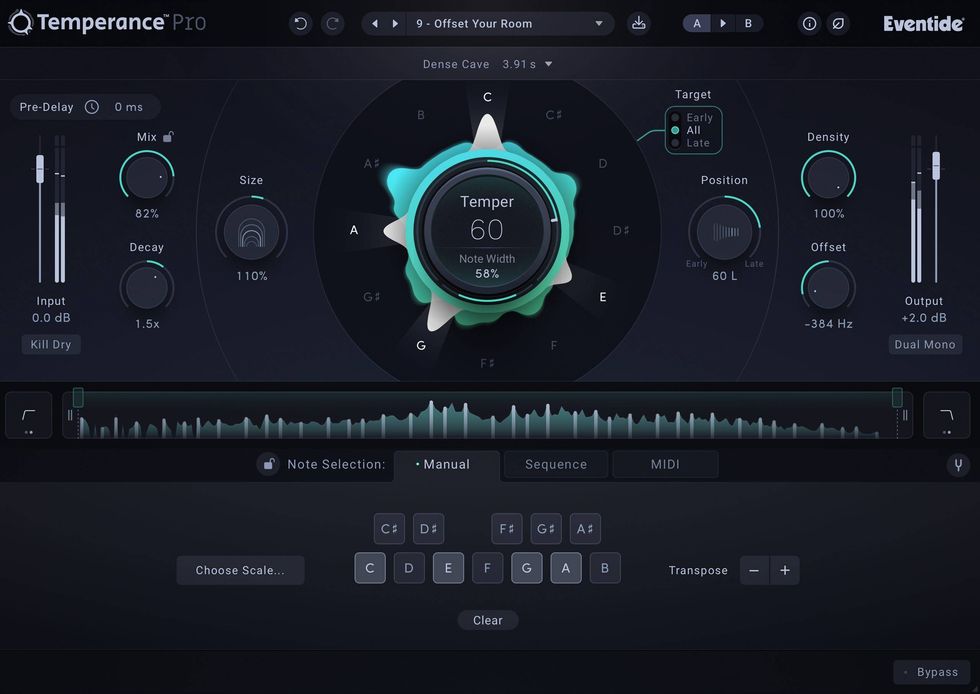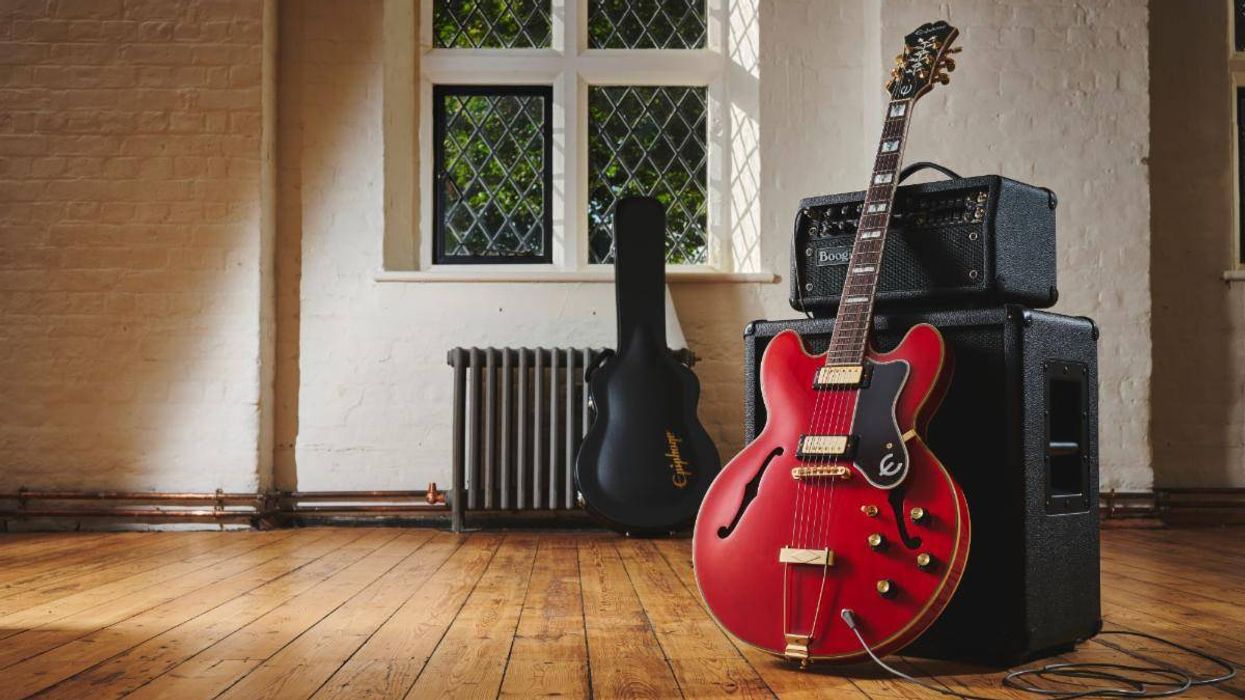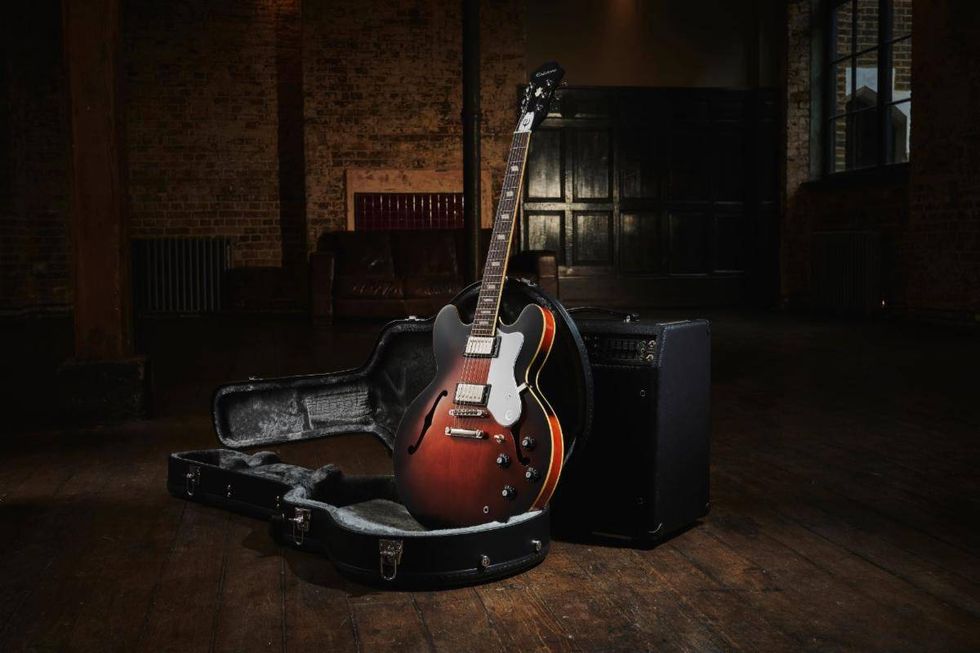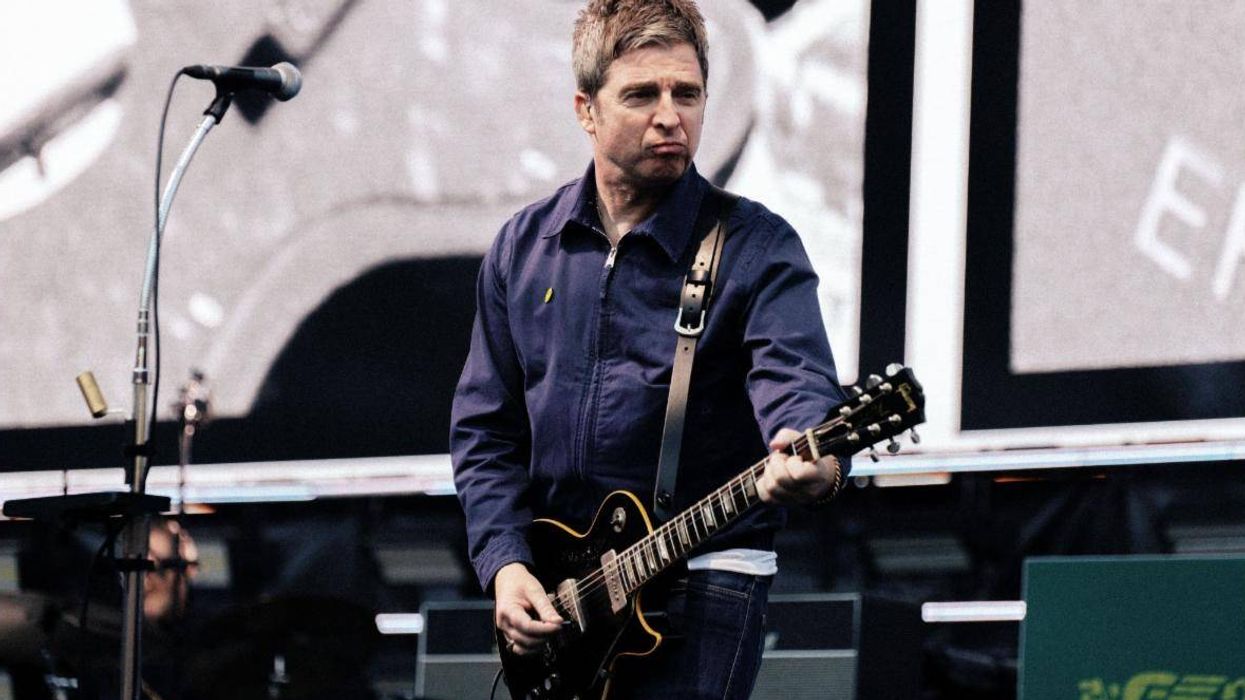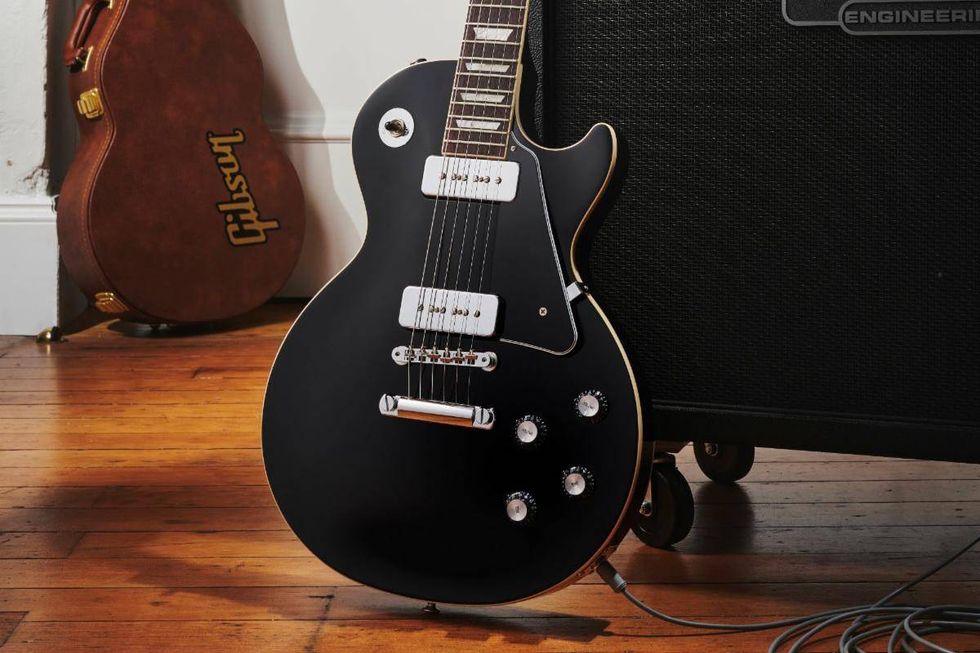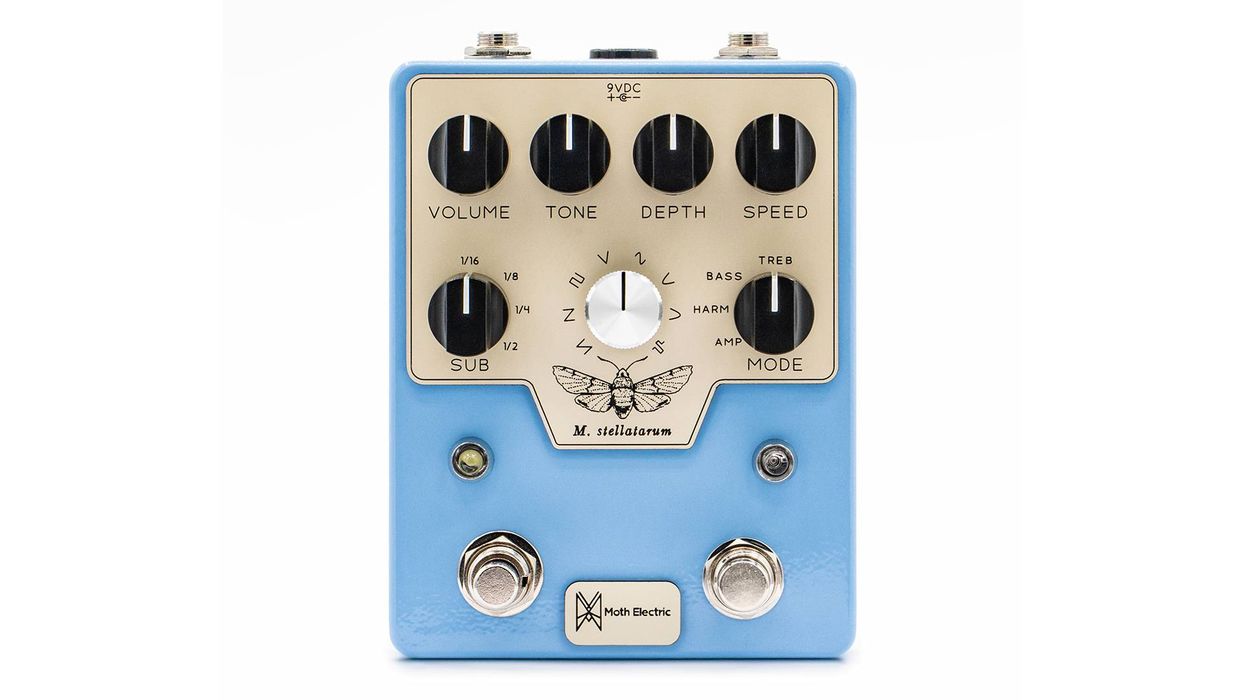Boss announces new products featured at NAMM 2025, including the VG-800 V-Guitar Processor, GX-10 Guitar Effects Processor, and WAZA Tube Amp Expander Core.
VG-800 V-Guitar Processor
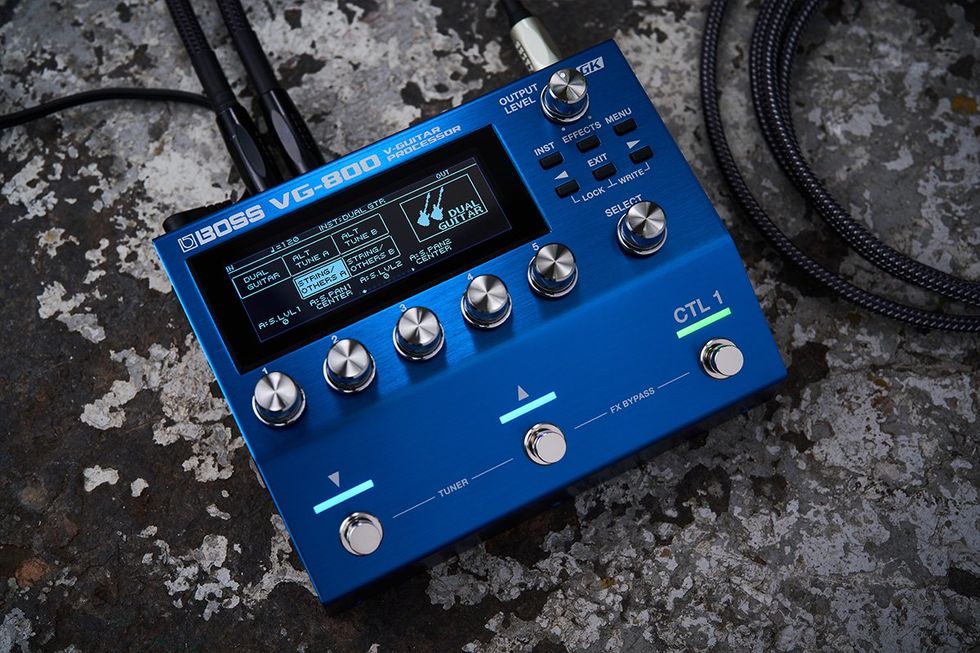
Driven by the latest generation of Boss V-Guitar technology and the Serial GK divided pickup, this pedal is designed to allow players to completely transform their sound at the push of a button. Advanced modeling provides the ability to play different stringed instruments together or on isolated strings, explore alternate and down tunings, and go even further with all-new sounds not possible with traditional instruments. It’s now easier than ever to access V-Guitar power, thanks to the VG-800’s pedalboard-friendly size.
The V-Guitar approach leverages sophisticated Boss modeling advancements to realize a world of new musical potential. Coupled with the Serial GK divided pickup, the VG-800 recreates a variety of electric guitars, acoustic guitars, and basses, plus instruments like sitar and banjo. Users can also play synth tones—including a spot-on emulation of Roland’s GR-300 from the early ’80s—and travel to undiscovered territory with the unique VIO type and its bowed attack characteristics.
The VG-800 comes loaded with great preset sounds, ready to play on their own or inspire new creations. It works equally well with bass, providing a dedicated mode with bass-optimized processing algorithms and 150 independent memories.
The intuitive VG-800 menu structure makes it easy to build virtual instruments with deep customization tools that include string behaviors, instrument style, pickup position, resonance, and much more. Each string’s pitch and panning are adjustable, enabling alternate tunings and ultra-wide sounds. And with the unique Dual Guitar and Dual Bass options, players can create supercharged platforms with two independent instruments.
The VG-800’s onboard switches and diverse external control options unlock inspiring performance possibilities. With a single press, the user can change the instrument type or tuning, bend the pitch of individual strings to create pedal steel, “B-bender,” and other unique effects, or smoothly morph between instrument types, each with a discrete signal processing chain.
The VG-800 delivers a massive amount of creative power in a compact size that flows into any setup. Along with its instrument modeling functions, it’s filled with advanced signal processing derived from flagship-level BOSS multi-effects. Amps and effects can be applied to two modeled sounds and the dedicated guitar input. Send and return jacks are also available to patch in mono and stereo pedals.
With its USB audio/MIDI interface, the VG-800 is a powerhouse recording tool for computer music production. Versatile multi-channel routing lets the user capture the stereo mix or record two modeled instrument sounds and the direct guitar input to separate DAW tracks. It’s even possible to separately record the unprocessed string sounds from the GK divided pickup, then pipe them back into the VG-800 for “re-guitar” or “re-bass” processing. Speedy pitch-to-MIDI conversion is also supported to trigger software-based instruments with a guitar or bass.
Boss Tone Studio (macOS/Windows) allows users to edit memories, adjust system settings, import speaker IRs, and manage setups for different playing applications. Boss Tone Exchange is also accessible within the software, providing access to professionally created Livesets and sound sharing with the global BOSS community.
A Serial GK pickup is required to access the advanced modeling features on the VG-800. There are user-installable Serial GK guitar (GK-5) and bass (GK-5B) pickup models for external mounting, plus Serial GK kit options for permanent installation within instruments.
Availability & Pricing
The new BOSS VG-800 V-Guitar Processor will be available for purchase at authorized U.S. BOSS retailers for $649.99 in February.
GX-10 Guitar Effects Processor
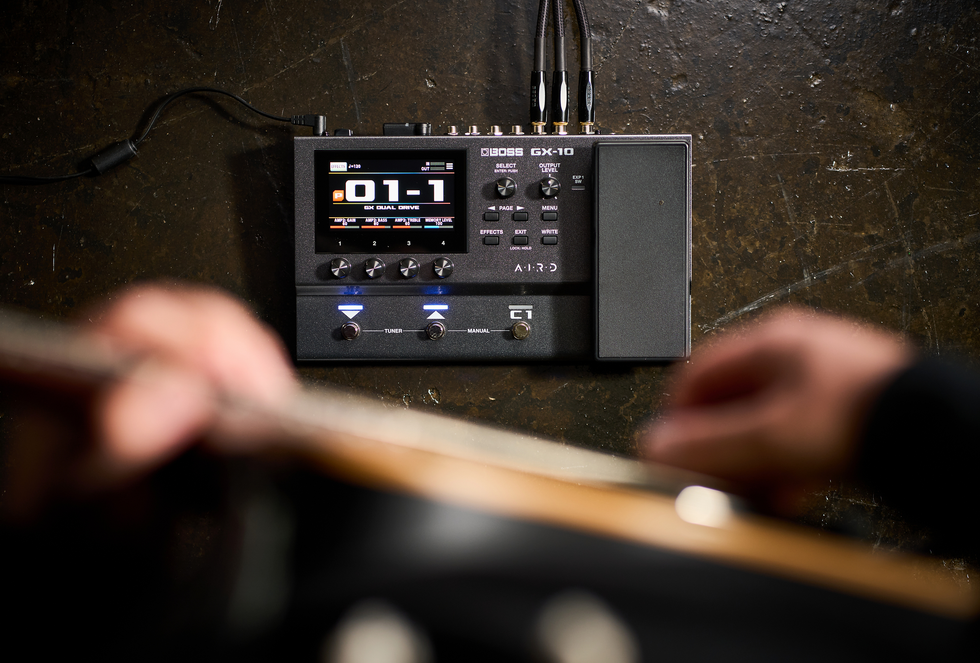
Boss showcases the GX-10, a powerful new amp and effects processor for guitar and bass. Equipped with the core sound engine and color touch display from the acclaimed GX-100 released in 2022, the GX-10 offers players the same inspiring experience in an even more portable footprint. Adding in multi-mode footswitches, an integrated expression pedal, and USB audio connectivity, the GX-10 seamlessly transitions from nightly stage performing to desktop recording, song creation, and daily practice sessions.
The GX-10 delivers a universe of ultra-responsive tones in a travel-ready size. There are 23 guitar amps and nine bass amps to choose from, including high-gain X-Ultra, X-Optima, and X-Titan types crafted with the latest BOSS modeling technologies. Players can color sounds with 170 different effects, including overdrives and distortions, mod effects, delays, and reverbs, plus dedicated bass effects and Boss classics like Slow Gear, Octave, Slicer, and more.
The GX-10 enables fast sound creation with an inviting color touch display and four dynamic parameter knobs. Up to two amps and 15 effects are supported in each memory, and it’s easy to change effect order and create series or parallel routings by dragging blocks with a finger on the screen. Send/return jacks are available to integrate favorite pedals or an amp’s effects loop into the GX-10 signal flow.
The GX-10's clever control options provide versatile real-time sound adjustment possibilities while performing. Multiple control modes and user-assignable settings offer maximum flexibility with just three footswitches. By default, the expression pedal toggles between volume and wah and activates the tuner when the pedal is pulled back. But it can be customized to control nearly anything using the GX-10’s assign matrix.
Boss Tone Studio allows users to edit sounds and load their own speaker cab IRs from a Mac or Windows computer. The GX-10 also supports the optional Bluetooth Audio MIDI Dual Adaptor, which unlocks on-the-gig wireless editing via the mobile version of the app.
Boss Tone Studio includes additional tools to organize GX-10 sounds for different gigs and playing situations. It also provides direct access to Boss Tone Exchange, an online platform for downloading professionally created sounds and sharing GX-10 Livesets with the global Boss community. GX-100 Livesets are fully compatible with the GX-10 as well. In addition, there’s a built-in USB-C audio interface for capturing high-quality guitar tones in music production apps on computers and mobile devices.
Availability & Pricing
The new Boss GX-10 Guitar Effects Processor is available now for purchase at authorized U.S. Boss retailers for $399.9.
WAZA Tube Amp Expander Core
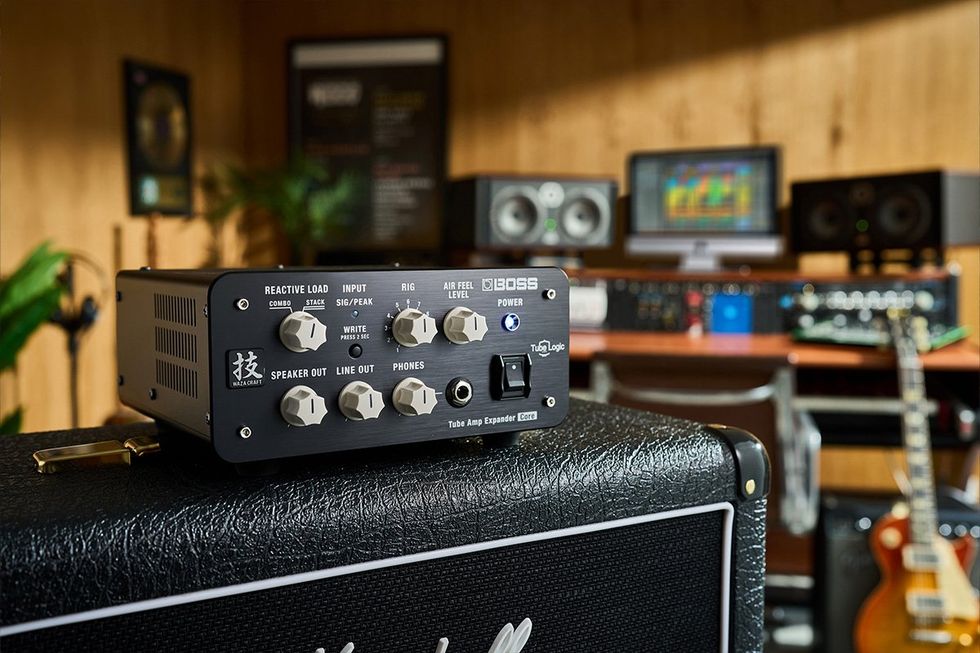
A powerful recording and practice solution for tube-based guitar amplifiers. Based on the popular WAZA Tube Amp Expander, this new model offers a streamlined footprint and many powerful enhancements focused on direct recording applications. The advanced Boss Tube Logic design approach harnesses the complete output of a connected tube amplifier, supported by premium cab emulation and studio processing to craft impactful, mix-ready guitar tracks. The WAZA Tube Amp Expander Core also features an integrated 30-watt reactive drive power amp, allowing users to hook up a speaker cabinet and enjoy “sweet spot” amp tones at home-friendly levels.
A tube-based guitar amp sounds and feels its best when the volume is cranked and its power section is really working. Unfortunately, the levels produced are usually unmanageable for anyone without an isolation booth or very forgiving neighbors. The WAZA Tube Amp Expander Core solves this issue, allowing the user to drive their amp while capturing the speaker output with a reactive load that accurately emulates combo and stack-style speaker behaviors. This isolated signal can then be used for direct recording and low-volume playing situations.
The companion editor software provides a studio playground for shaping the raw amp sound within the WAZA Tube Amp Expander Core. Users can choose from 22 BOSS cabinet emulations and five classic mic types (two available simultaneously), then dial in the ideal blend with position, distance, and level controls. Alternatively, it’s possible to use up to two speaker cab IRs at once, either from the 10 included Celestion Digital IRs or 64 selections loaded into the unit from a personal IR library.
The WAZA Tube Amp Expander Core contains powerful tools to help achieve world-class recorded tones with no engineering experience required. The Mix Assist function applies one of three sound contour curves with variable transient control, making it easy to record parts that blend perfectly within mixes. There’s also an immersive Air Feel feature that uses Boss spatial technology to recreate the inspiring “amp-in-room” tone that guitarists love.
Effect processing plays a vital role in shaping great studio guitar tones. The WAZA Tube Amp Expander Core features a series/parallel loop for inserting external mod and ambience effects, positioned after the amp’s distortion for the clearest sound. High-quality internal processing is also available to apply compression, EQ, delay, and reverb within the unit. Users can organize custom setups in the editor—including cab choices and effects—and assign 10 favorites for instant access with the Rig knob on the front panel.
The WAZA Tube Amp Expander Core’s versatile connectivity provides many ways to use rig setups. Players can record directly to music production software over USB or patch into a mixer or audio interface with the stereo XLR output jacks. It’s also possible to hook up an external speaker cabinet (4/8/16 ohms) for daily practice or monitor through headphones with Air Feel for an inspiring spatial experience. The optional Bluetooth Audio MIDI Dual Adaptor adds wireless capabilities, allowing players to jam with music streamed from a smartphone and use the mobile version of the editor to tweak rigs and load IRs.
Availability & Pricing
The new Boss WAZA Tube Amp Expander Core will be available for purchase at authorized U.S. Boss retailers for $699.99 in February.
Katana-Mini X
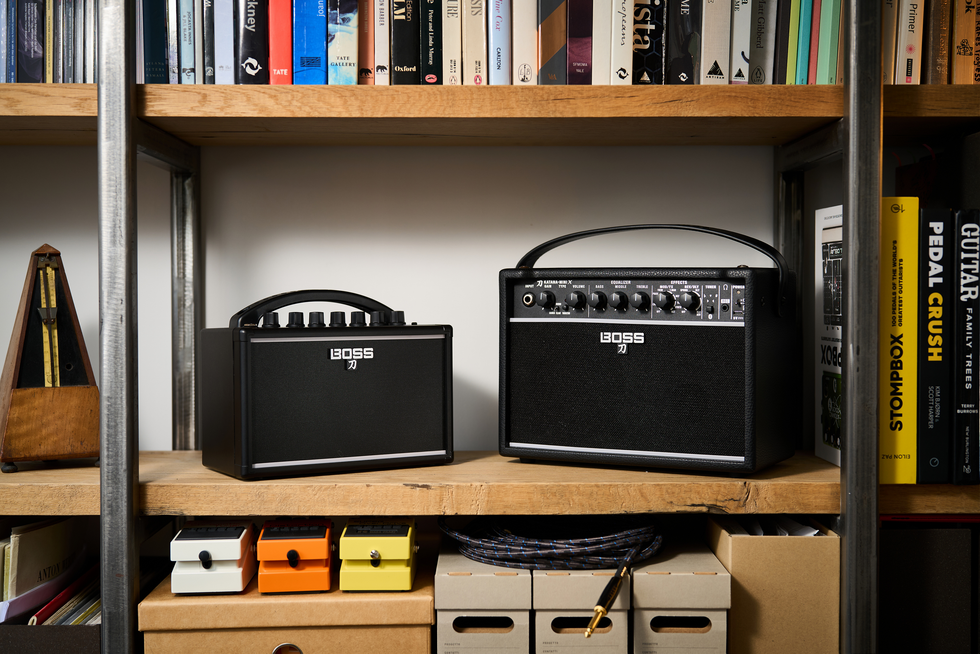
The latest addition to the Katana series. While its footprint is small, its sound is anything but. Evolving on the features of the popular Katana-Mini model, it offers six versatile analog sound options, two simultaneous effects, and a robust cabinet for a bigger and fuller guitar experience. Katana-Mini X provides many enhancements to energize playing sessions, including an onboard tuner, front-facing panel controls, an internal rechargeable battery, and onboard Bluetooth® for streaming music from a smartphone.
Availability & Pricing
The Katana-Mini X is available for purchase at authorized U.S. BOSS retailers now for $149.99.
More info: boss.info. Visit BOSS at NAMM: The Roland Studio, Room 202, Level 2.
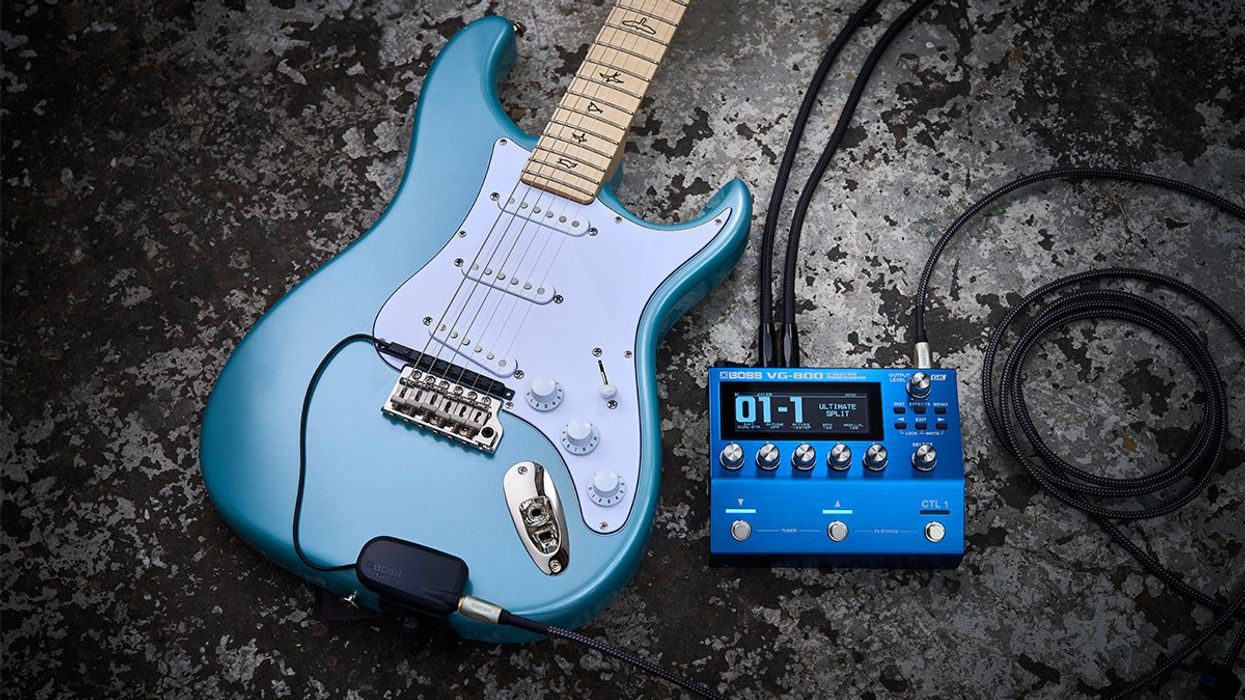
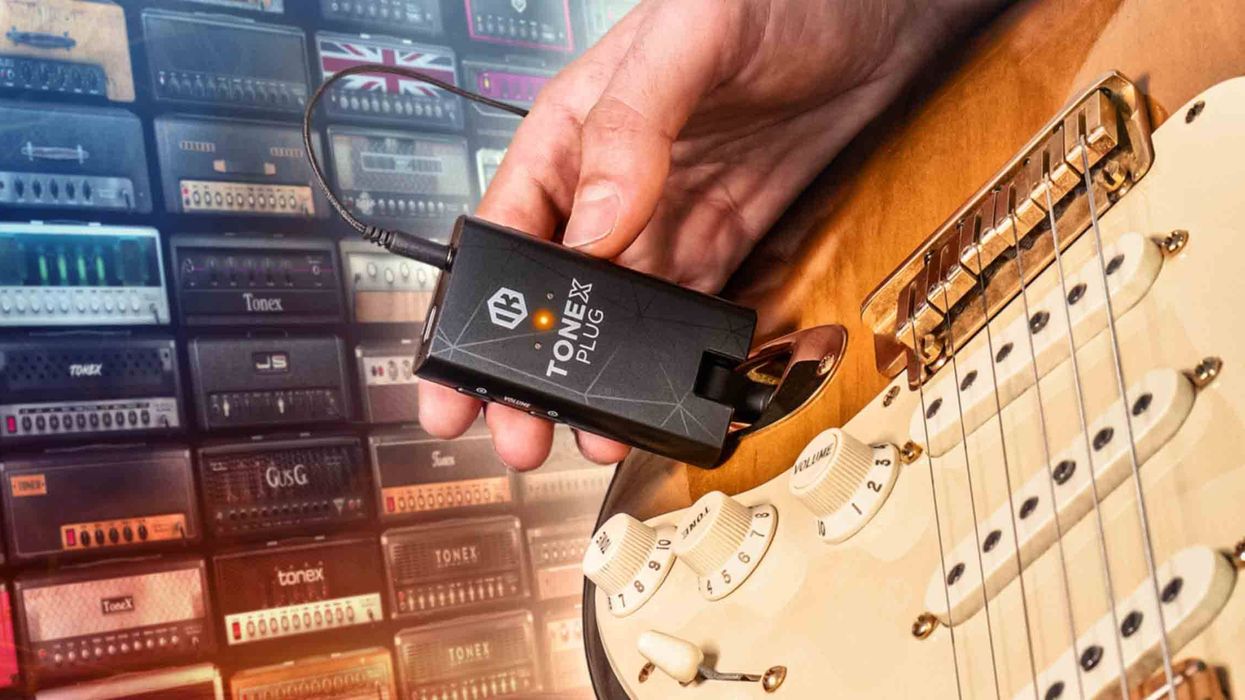
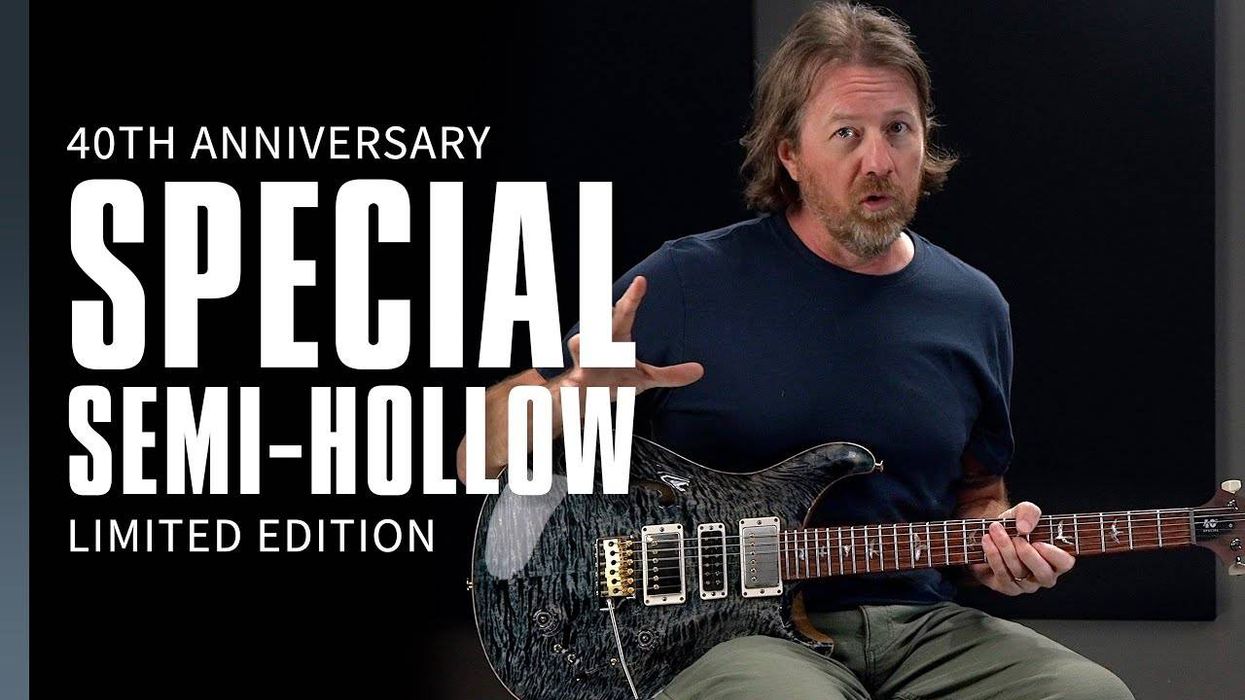
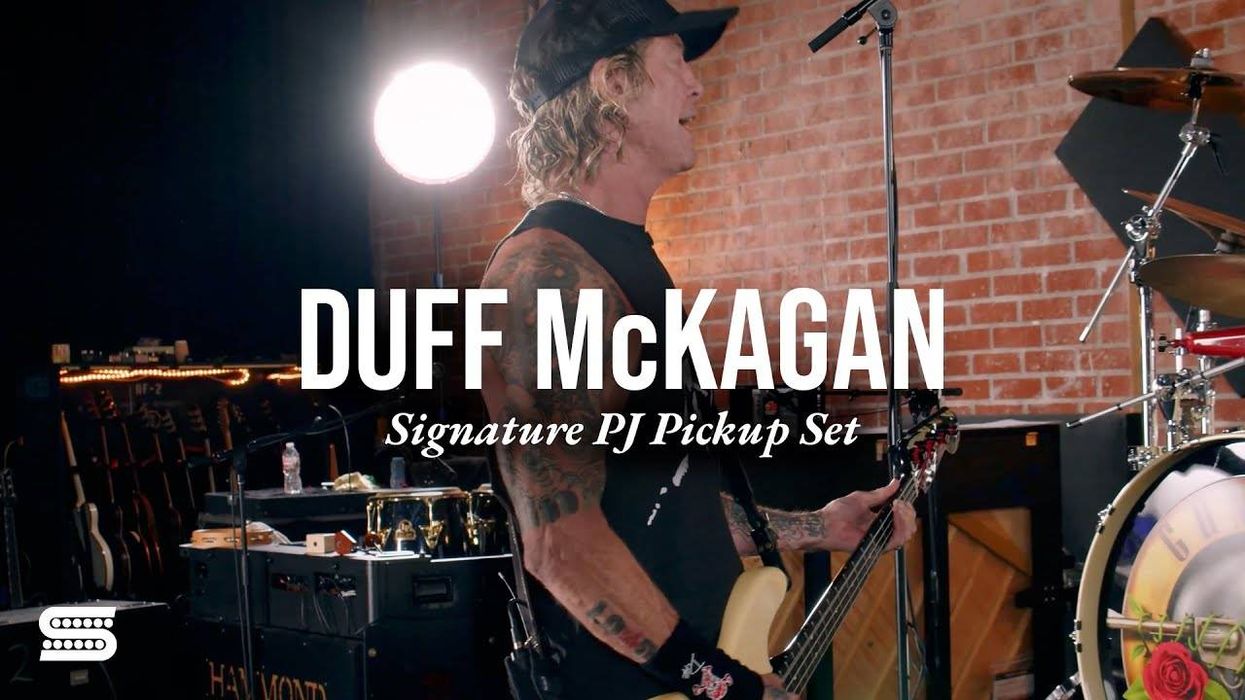

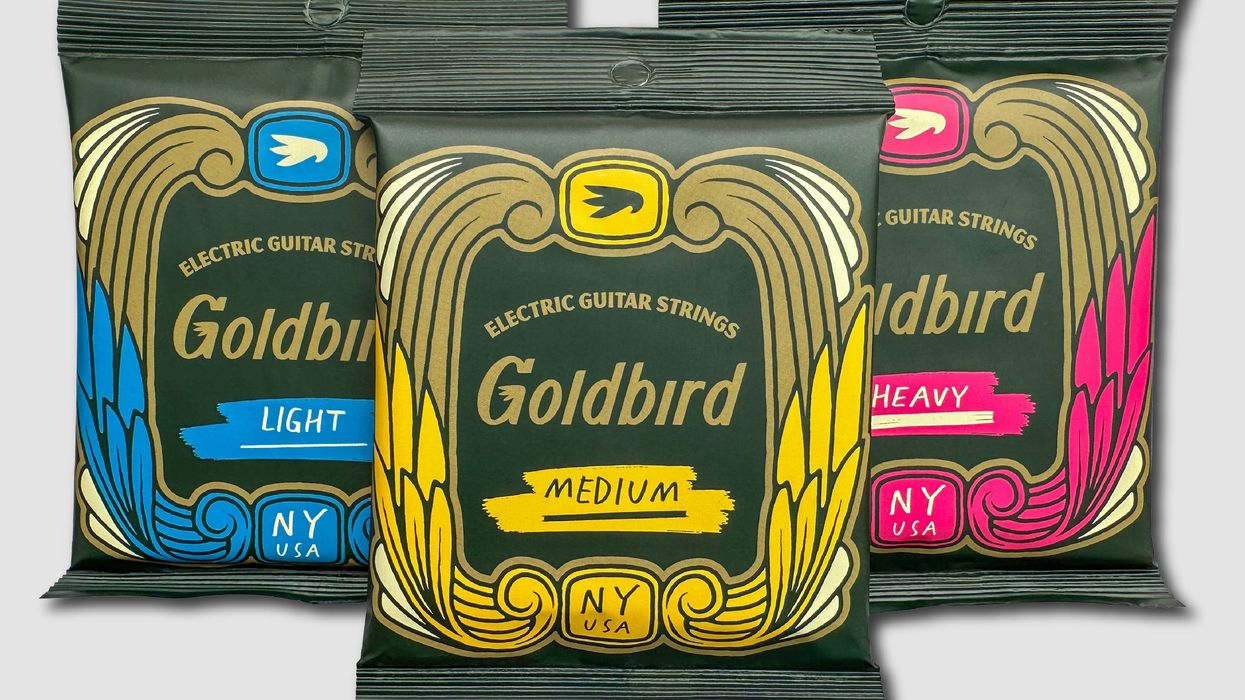





![Devon Eisenbarger [Katy Perry] Rig Rundown](https://www.premierguitar.com/media-library/youtube.jpg?id=61774583&width=1245&height=700&quality=70&coordinates=0%2C0%2C0%2C0)
